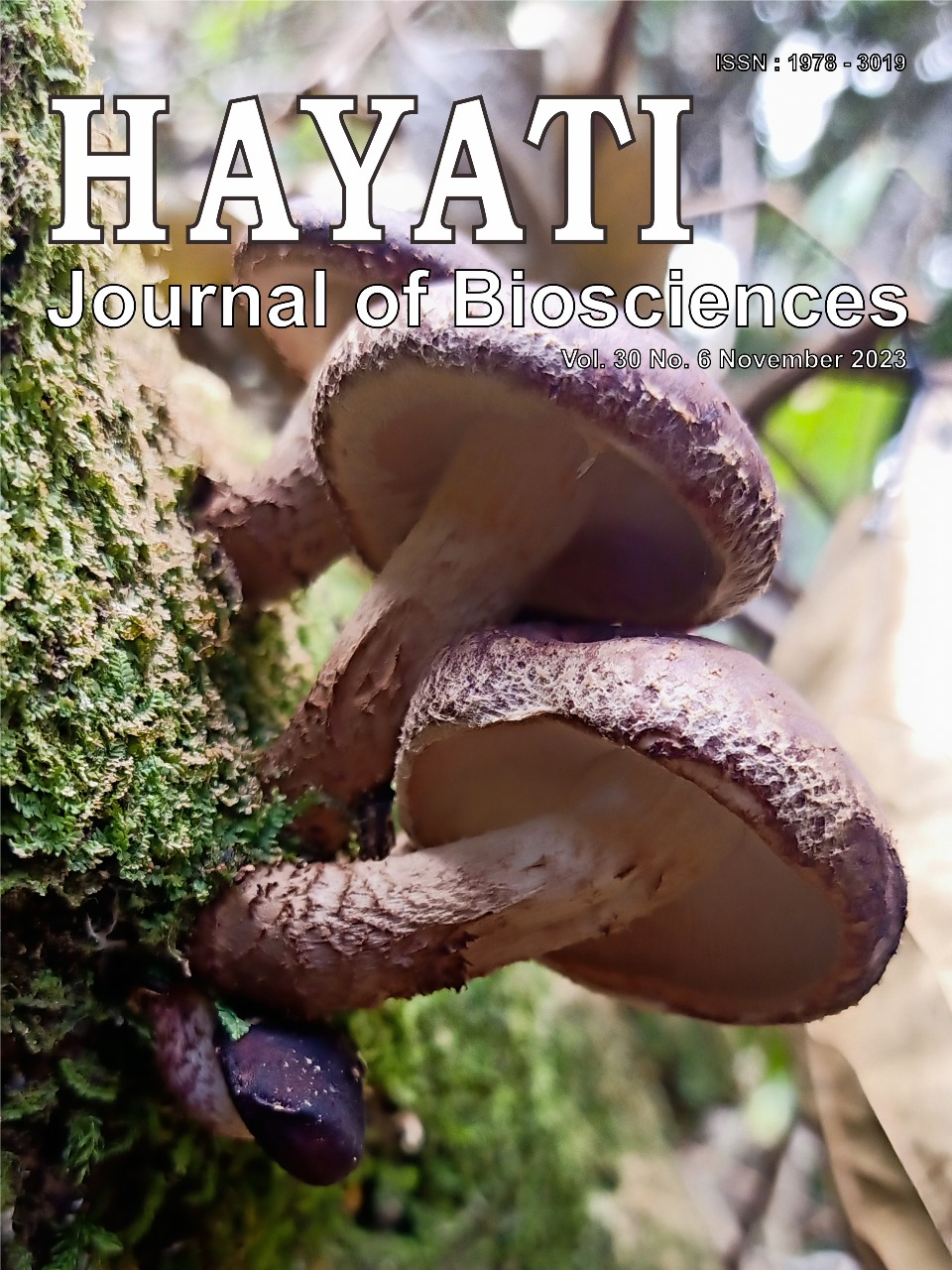Formulation of Anti-Oral Mouthwash Nanoemulsion Biofilm Based on Propolis Extract Heterotrigona itama, Tetragonula sapiens, and Tetragonula clypearis
Abstract
The use of mouthwash is one of the actions against biofilms that are often used. However, commercial mouthwashes have a fairly high alcohol content, which is around 26.9% of the total volume, which is considered to have a prolonged impact where high alcohol content in direct contact with the oral mucosa can cause lesions or abnormalities, resulting in a shift in the medical paradigm towards eco-friendly widely considered as a solution. Propolis with antibacterial ability was formulated using the nanoemulsion steps, which were initiated by separating pure propolis through drying, and then there were variations in the formulation of 3 types of bee propolis: Heterotrigona itama, Tetragonula sapiens, and Tetragonula clypearis along with the addition of Tween 80, propylene glycol, glycerin and then the effect on microbial growth of S. mutans was compared with antimicrobial agents in Brazilian propolis with the identification and comparison of the antibacterial activity stability of the organoleptic formula. Where the active ingredient content of propolis is the highest in H. itama propolis with a total flavonoid content of 38.94 mgQE/L sample and T. clypearis propolis has the lowest total flavonoid content of 14.23 mgQE/L sample with its function as an anti-oral biofilm agent by inhibiting the glucosyltransferase was proven with a minimum percentage of 49% inhibition of S. mutans and degradation of 18% with the use of a combined surfactant proved to be able to increase the stability of the preparation shown at 2:1 (v/v).
Downloads
Copyright (c) 2023 Muhamad Sahlan, Alya Fadhila Ismail, Diah Kartika Pratami, Apriliana Cahya Khayrani

This work is licensed under a Creative Commons Attribution-NonCommercial 4.0 International License.
HAYATI J Biosci is an open access journal and the article's license is CC-BY-NC. This license lets others distribute, remix, tweak, and build upon author's work, as long as they credit the original creation. Authors retain copyright and grant the journal/publisher non exclusive publishing rights with the work simultaneously licensed under a https://creativecommons.org/

























.png) IPB University
IPB University Department of Biology
Department of Biology The Indonesian Biological Society
The Indonesian Biological Society 

